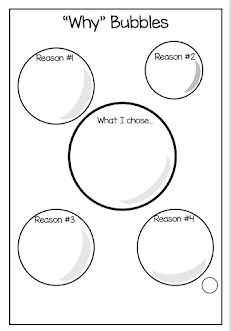Writing: where to begin?

Do you have a student who struggles with writing? "Jane can't write her name. " "Jon can't write letters like A to Z. " "Sue's fine motor skill is not so great. " Some teacher has scheduled 10-15 minutes of writing time every day, but not sure what to put because non of her students can't write independently. That was me 3 years ago. This hands-on Tracing Practice Packet will be super useful and time-saving. After laminating or putting them in a binder, students can practice these words every day. Start building skills with tracing and moving on to copying letters from the model. This will be perfect for students with autism and young students struggling with fine motor skills.





